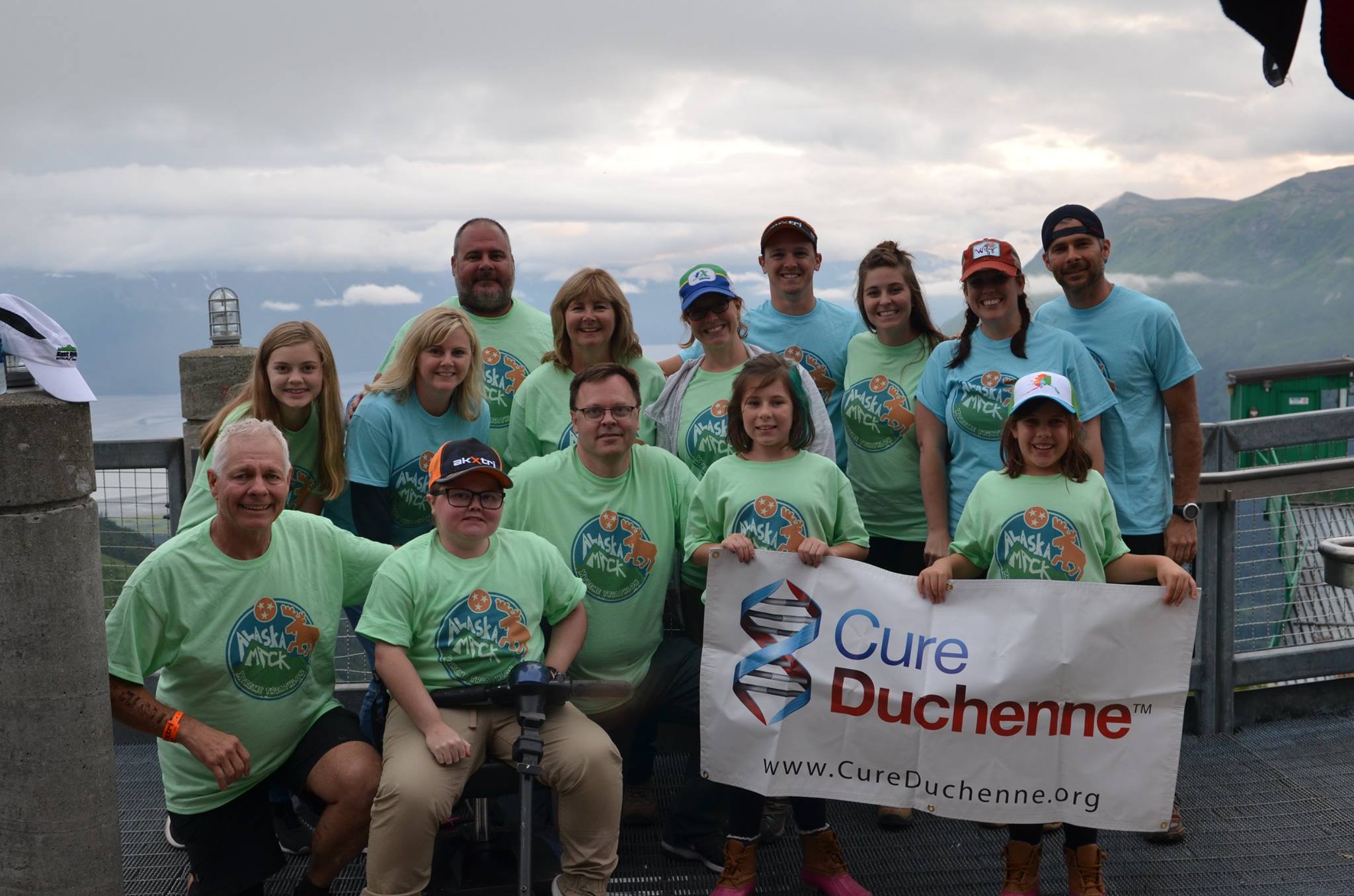Over the last five years, David Wade, chief executive officer of EPB, has powered through three Ironman races in the name of health improvement and quality time with his son, a fellow running enthusiast.
But when the Chattanooga businessman flew to Alaska in July to tackle a triathlon branded as one of the toughest on the planet, he wasn't doing it for himself, or even for his son. He was doing it for 17-year-old Mackenzie Crawford of Ringgold, Ga., and the handful of children like him living with Duchenne muscular dystrophy.
Duchenne muscular dystrophy is a rare genetic disorder that affects about one in 3,500 children born each year, primarily males. The condition is characterized by progressive muscle deterioration that usually begins around age 4 and becomes fatal by the mid-20s.
Inspired by the mettle it took Mackenzie to complete basic tasks most would take for granted, Wade, a longtime friend of the family, partnered with the Crawfords to find a way to make a difference.
What is it?
Duchenne muscular dystrophy is a rare genetic disorder that affects about one in 3,500 children born each year, primarily males. The condition is characterized by progressive muscle deterioration that usually begins around age 4 and becomes fatal by the mid-20s.
"I was wanting to do something to help bring awareness to Duchenne and the devastation of that disease," he said.
Their collaboration led to a fundraiser revolving around Wade's participation in the Alaskaman Extreme Triathlon, a race he described as "an extreme version of the Ironman."
Wade and the Crawfords titled their efforts the "AlaskaMack," after Mackenzie, and began working to enlist supporters to donate. Together, they were able to raise money for CureDuchenne, a national nonprofit organization that funds research seeking a cure for the disease.
Those dollars did not come easy.
In order to earn the donors' pledges, Wade had to survive a 2.6-mile swim in glacial water colder than 50 degrees, a temperature at which there's a high risk for hypothermia; a 112-mile bike ride with an elevation gain of more than 4,000 feet, nearly double the size of Lookout Mountain; and a 27-mile run up Mount Alyeska equipped with bear mace, should such a predator present itself.
"It looked like a heck of a challenge," laughed Wade, who at 58 was the second-oldest competitor on the course. "Most of the racers didn't have the color hair I have."
With his family and the Crawfords on the sidelines to cheer him on, Wade found the strength to push forward, finishing the race in 17 hours - just about an hour before the cutoff time - becoming one of the 157 competitors out of 209 to complete the race.
"When you get to the end of completing something like that, there is certainly a sense of accomplishment and a tremendous sense that I've done something that's completely insane and incredible," Wade said.
Those emotions reminded him just how important it was to advocate for those with Duchenne muscular dystrophy, who are often confined to a wheelchair as they age and their muscles weaken.
"To look out at [Mackenzie] in his wheelchair is so humbling," he said. "It's not even fair that I have the ability, even at my age, to do this, yet he's stuck in a wheelchair."
Contact Myron Madden at mmadden@timesfreepress.com or 423-757-6423.
